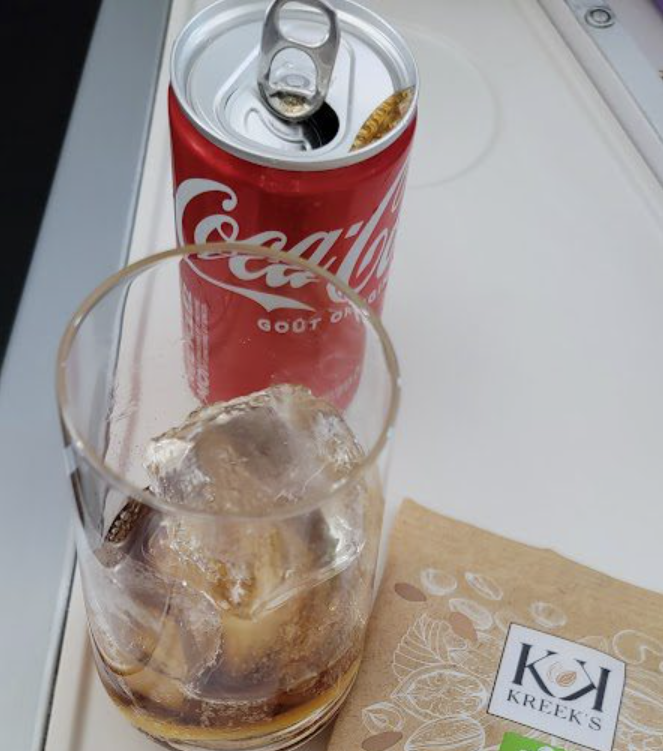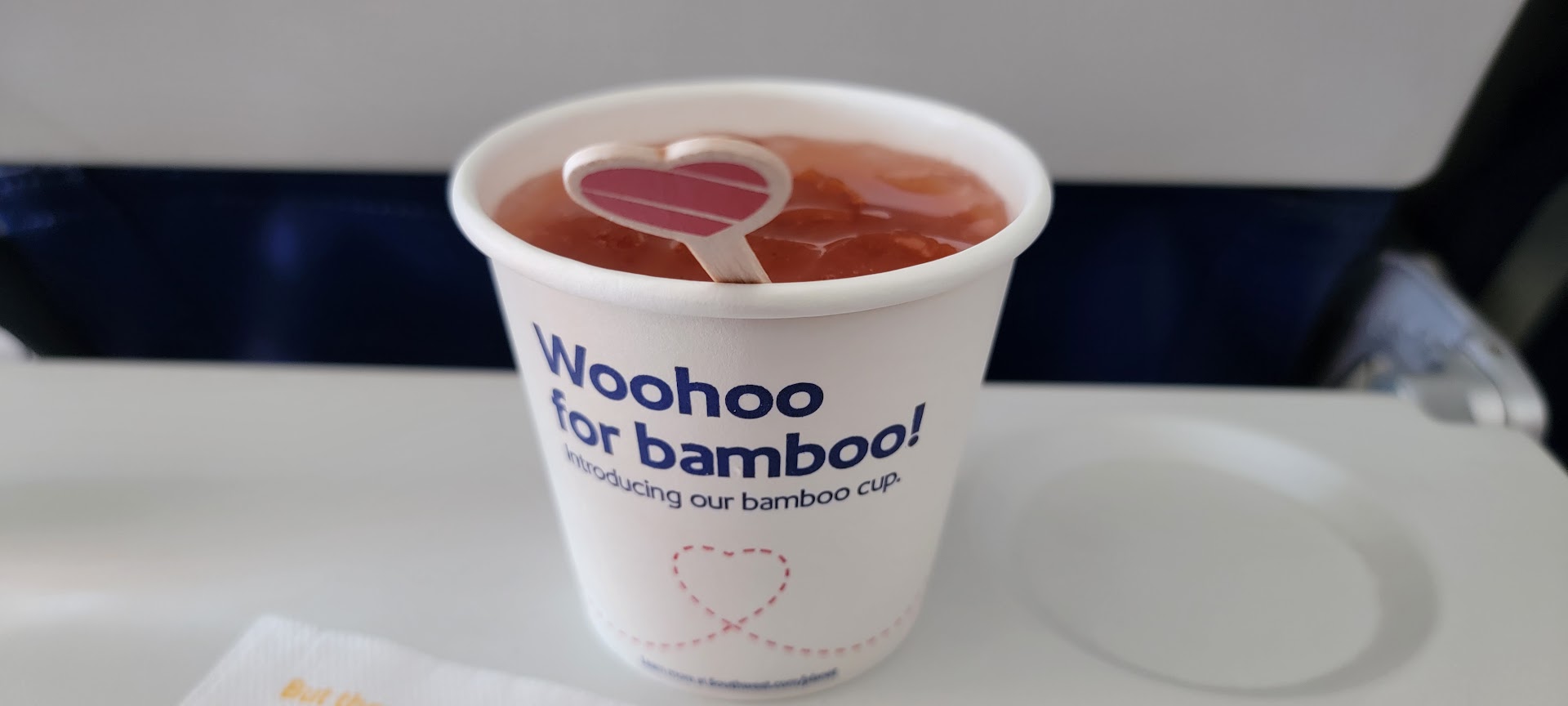In recent summers, Southwest Airlines has had to deal with soda cans exploding during flight service. That’s led to a significant number of flight attendant injuries. Fortunately, they think they have a solution.

At hubs like Phoenix and Las Vegas—where tarmac temperatures routinely spike above 110 degrees—carbonated cans stored on the ground have been overheating. The cans can be heard by crew “deforming” or bulging prior to boarding. When opened at altitude, they burst.
Last summer nearly two dozen flight attendants were injured by these exploding cans. No passengers were harmed, but shaken crews faced sticky galleys and unsafe working conditions thanks to this combination of heat and carbonation.

Southwest didn’t used to use refrigerated trucks like other airlines. Cans built up pressure in the heat of these trucks. Then, at altitude, lower cabin pressure magnifies the internal-to-external pressure differential. That turned the cans into bombs.
- So the carrier purchased 60 refrigerated trucks for Phoenix and Las Vegas, keeping beverage temperatures around 40 degrees. Crew now use infrared heat guns to check can temperatures before loading them onto aircraft to see that they’ve stayed below 80. This is expected to expand out to Dallas and Houston.
- Ground and inflight teams received training on checking can temperatures and replacing overheated cans.
- And they’re monitoring incidents and the temperatures at which they occur to develop data-driven standards for acceptable beverage-loading thresholds.
Southwest’s stack of solutions now keeps the can cold and the crew safe. Of course, these days Southwest offers drink service on fewer flights and customers have less time to drink them. That should mean fewer exploding cans, too.


Infrared heat guns? I think you meant infrared thermometer. Exploding soda cans? I imagine when opened, the contents spewed out and certainly created a mess. I’d be curious what exact injuries the flight attendants received. Sounds like an embellished story to me.
Stop serving soda on flights? That sounds easier.
We used to be a people that could go a couple of hours without drinking anything.
Well, at least Southwest is doing one thing ‘right’ these days…
@Patrick Jacobs, since you’re interested
From the internets…
Why Soda Can Be Harmful:
Chemical Irritants:
Some sodas contain acids or other chemicals that can irritate or burn the eye’s surface.
Pressure:
If a soda bottle is opened forcefully, the sudden release of pressure can spray liquid into the eye, causing a burn.
Not to mention that that kind of a surprise in the galley could make one lurch back and hit ones head or knock over the hot coffee.
@Patrick Jacobs: It’s more than soda everywhere… the cans will literally burst. In a hot carbonated drink, the CO2 separates from the liquid and expands… why you’ll see bulges sometimes. Any further movement of the can, like even picking up or clanking down on a counter can make the aluminum burst open especially if any flaws in the packaging.
The injuries are cuts from pieces of can.
And it only took Southwest 40 years to figure this out?
Southwest does its own catering and they do not stock carts at most airlines, so each truck tends to be a mobile “7-11” of sorts. Cans, snacks, and liquor are stored on racks, warehouse style, in each truck. Provisions are then replaced via trays to the planes’ galleys and stuffed accordingly.
Because of this, sodas stay in these warm trucks, err saunas, between flights. Whereas most other airlines have the trucks go back to the food kitchens where all the carts are offloaded. New carts on, and truck off to the next plane.
After happening one time why isn’t anyone smart enough to cover the cans with a towel when opening? It’s not rocket science to protect yourself from an exploding can.
@Nate: It’s also how nothing ever gets cleaned out from the antiquated compartmentalized galley that other airlines stopped using when they retired B727-100s. We will be seeing Bags Fly Free napkins for probably the next 5 years on Southwest flights.
Ever heard if intermittent fasting? It’s good for your health. You may just not need to use the bathroom ( lavatory) either.
As a side note, it seemed like towards the end of the COVID times, I experienced more soda can failures. These weren’t cans stored in hot places, but inside the house. Soda, beer, anything with carbonation were bulging or bursting. I’m guessing manufacturers figured out they could make the can just a little bit thinner and lighter, while saving on material costs.
@NedsKid – I swear we may find some plastic boarding cards still in stations like Little Rock, Midland, or Corpus Christi (LOL) along with those napkins.
In all honesty, the concept of how Southwest does catering saves it a LOT of money – especially since LSG and others charge at minimum $300 to pull a truck up to a plane. But someone, I mean *SOMEONE* in the Southwest heirarchy of inflight services and provisions has been around for a few years should have had some type of policy in place – unless they got fired in the great layoff. Southwest has been serving the likes of PHX and LAS since the mid 80s, no? And those places have been hot since the days of dinosaurs – no way this hasn’t just “started” happening, unless they are overstocking the trucks so they don’t have to.. oh wait. yeah, that makes mroe sense now.
Clearly the cans are getting thinner and thinner over the years. Heaven forbid you drop one stocking your spare refrigerator with a Costco case. It either “explodes” or dents/dis-forms at the mouth from any kind of contact. I bet this is the case and its a messy thin stream that pops out, hardly an explosion.